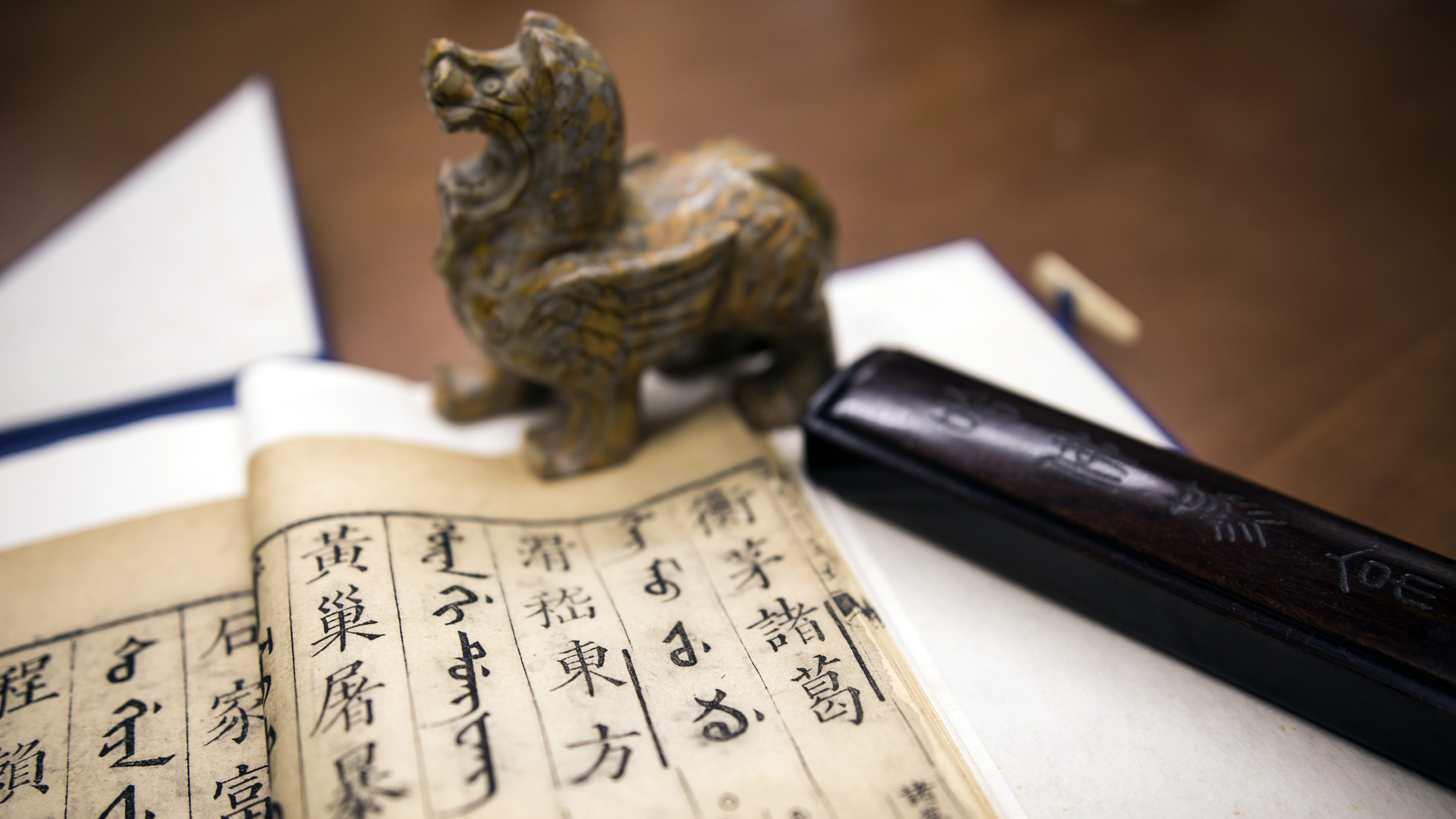
佛頂尊勝總持經咒 Uṣṇīṣavijayadhāraṇi Fo ding zun sheng zong chi jing zhou [Japan : s.n., n.d.]
Photos by Ke Tang
The Harvard-Yenching Library, by the numbers
140 years, 1.4 million volumes, and the most comprehensive collection for East Asian studies in the Western world
With 1.4 million volumes in more than a dozen languages, the Harvard-Yenching Library has become the third-largest library at Harvard, after Widener and Harvard Law School’s. It is also the largest academic library for East Asian studies in the Western world.
Nearly 140 years after a Chinese scholar gave the small collection of books that established the collection, today the Harvard-Yenching’s holdings include 836,523 works in Chinese; 348,873 in Japanese; 179,169 in Korean; 23,979 in Vietnamese; 53,367 in various Western languages; 4,265 in Tibetan; 3,455 in Manchu; and 494 in Mongolian.
Its most prized pieces are found on the third floor of the red brick building on Divinity Avenue, in the special collections office and rare book reading room. There, students and the curious can find comprehensive coverage of history, language and literature, philosophy and religion, and fine arts, as well as archival materials, manuscripts, prints, photos, scrolls, and rubbings in Chinese, Japanese, Korean, Vietnamese, Western languages, and minority languages such as Manchu, Mongolian, Tibetan, and Naxi.


The main study room and bibliography room on the first floor of the building is a great place to embrace Asian literature and culture, or delve into reference books in Chinese, Japanese, Korean, and other languages. Andrew Burke works at the front desk of the library, where students and faculty pick up requested books.
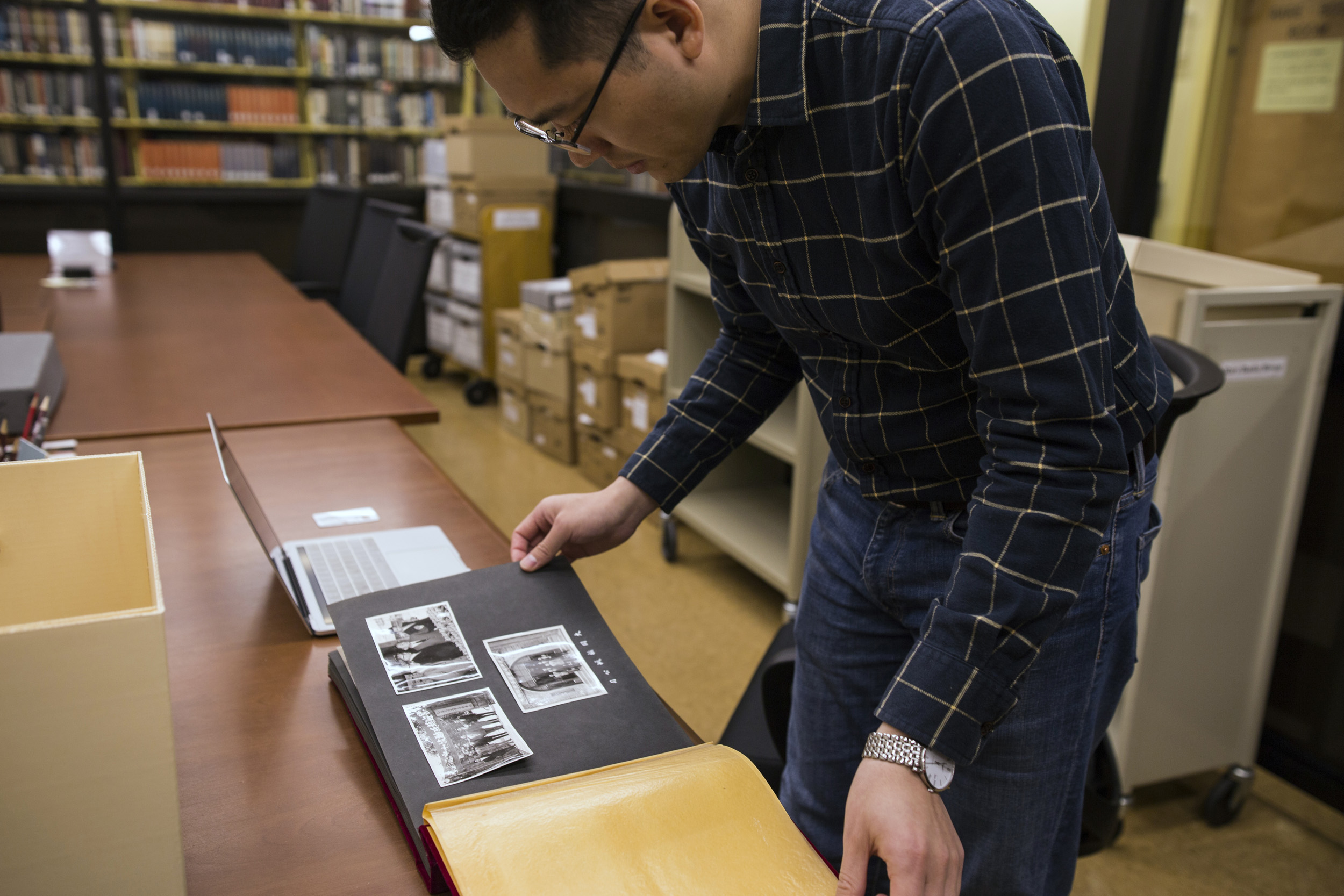

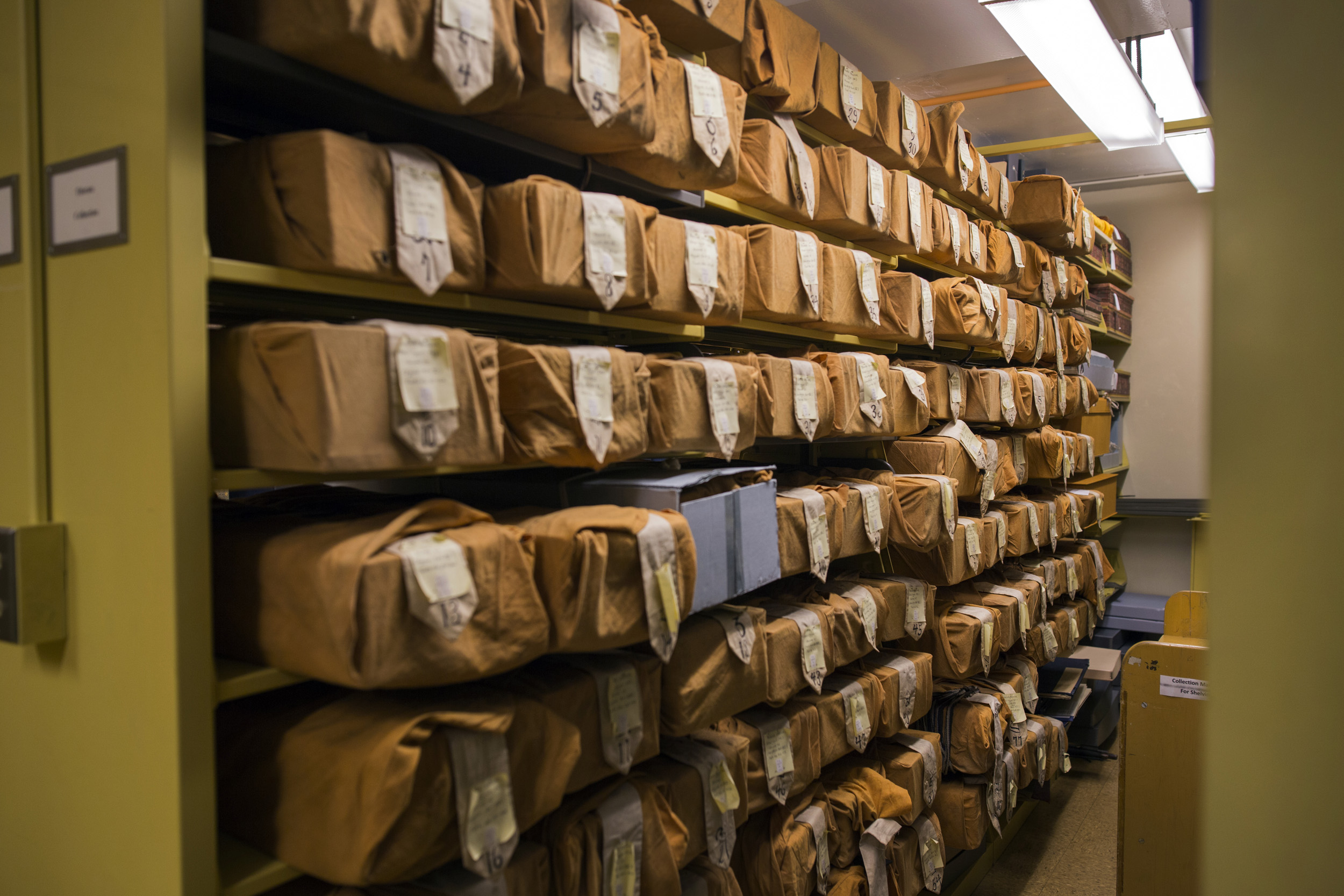
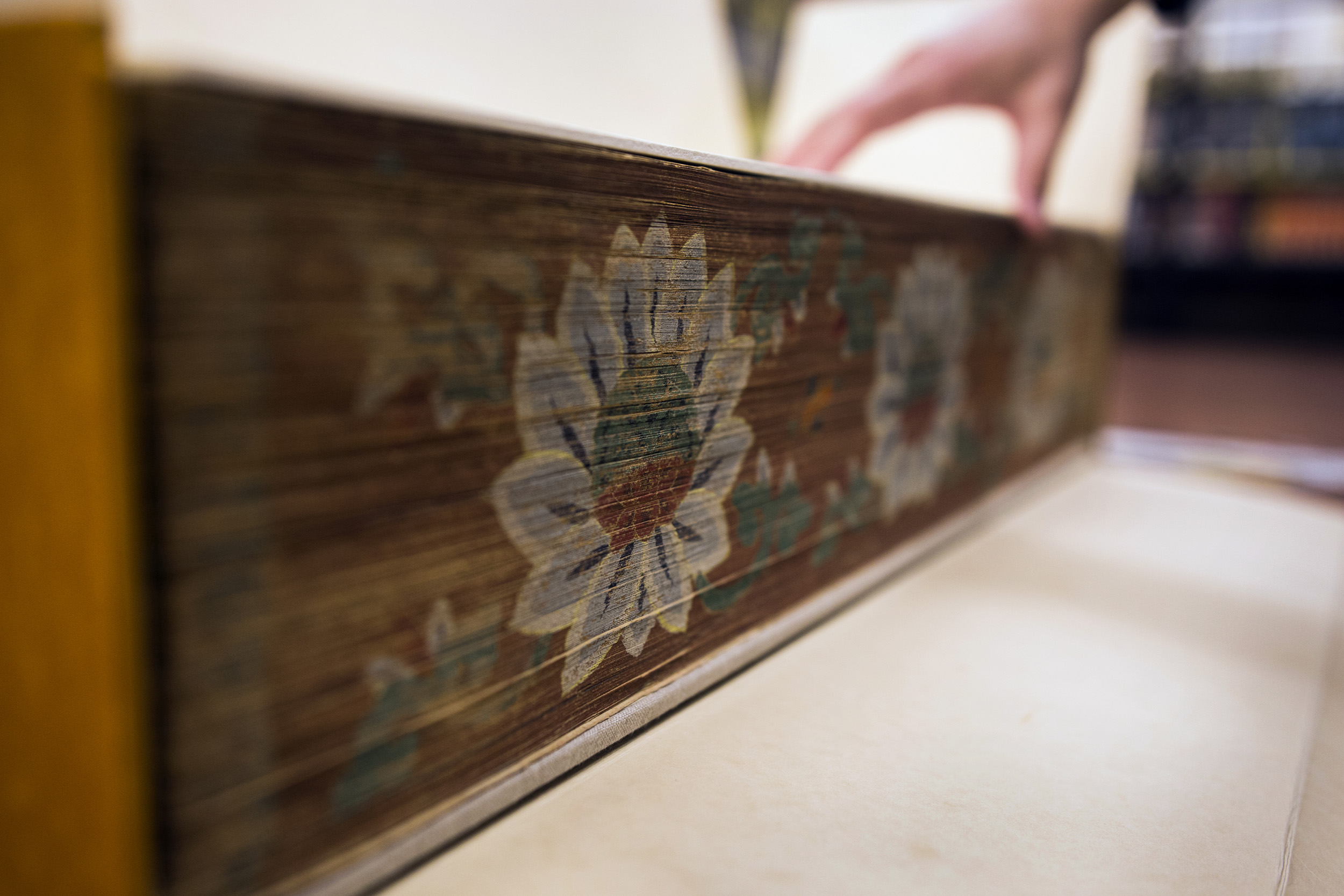
藏文大藏经 Tibetan tripitaka [China : s.n., Ming Yongle ba nian, (1410)].

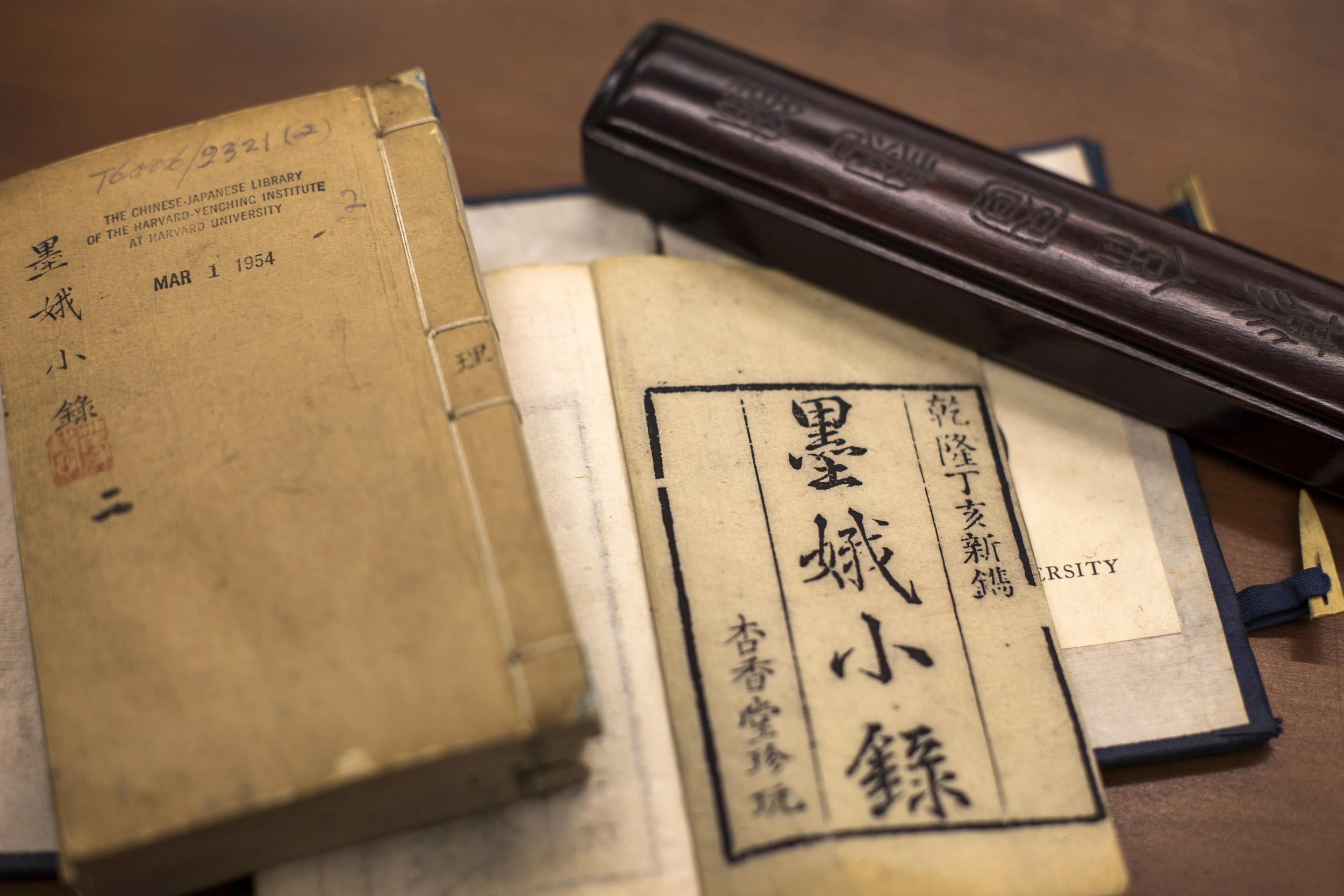
Some books are only as big as a small bookend. From left, “Mo E Xiao Lu,” “Xiao Hui Ji,” and “Jin Xiang Xiao Pin.” “Mo E Xiao Lu” is one of the smallest books in the Yenching’s special collections. A digital edition of this book is available online. [China] : Xing xiang tang, Qing Qianlong ding hai [32 nian, 1767].

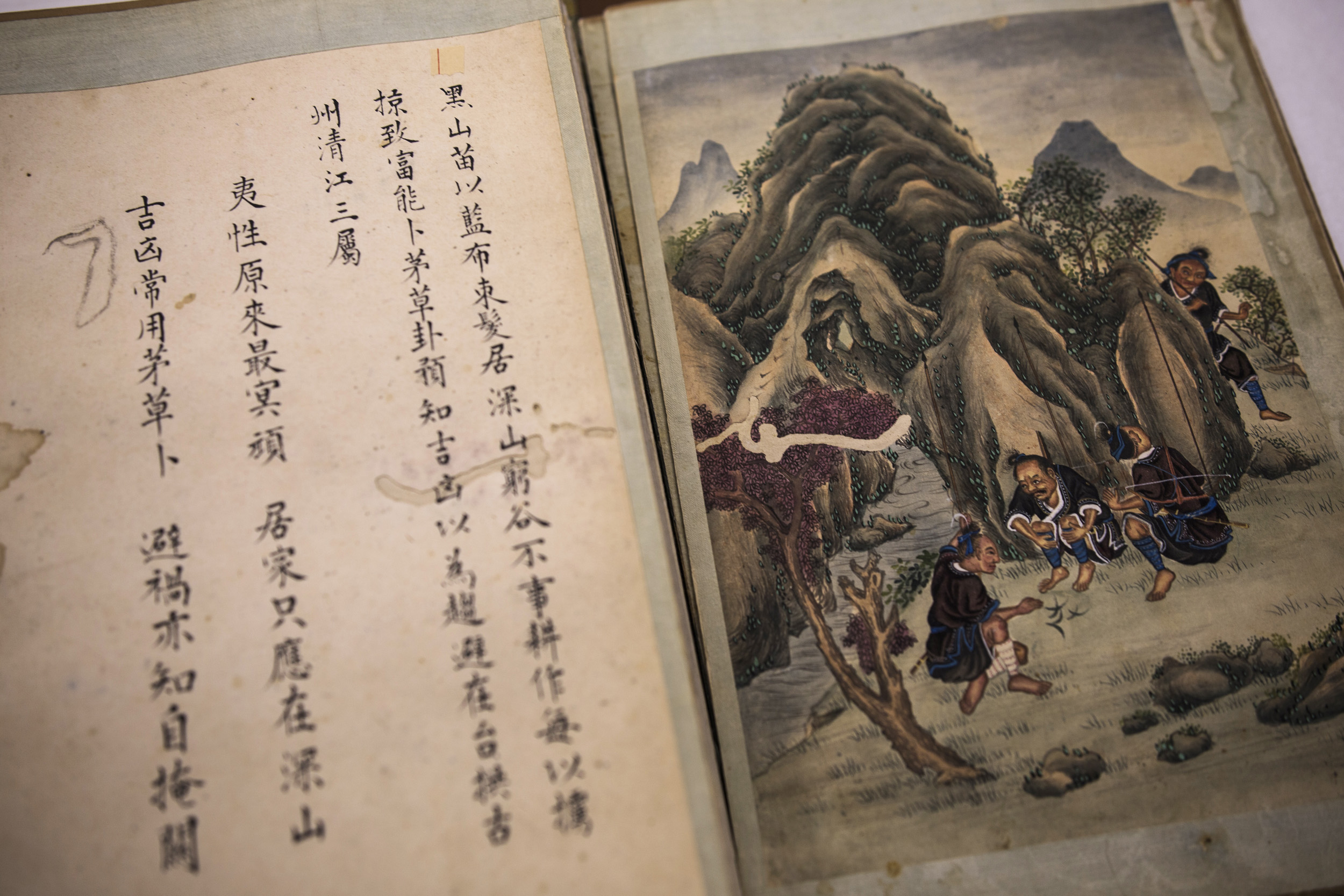
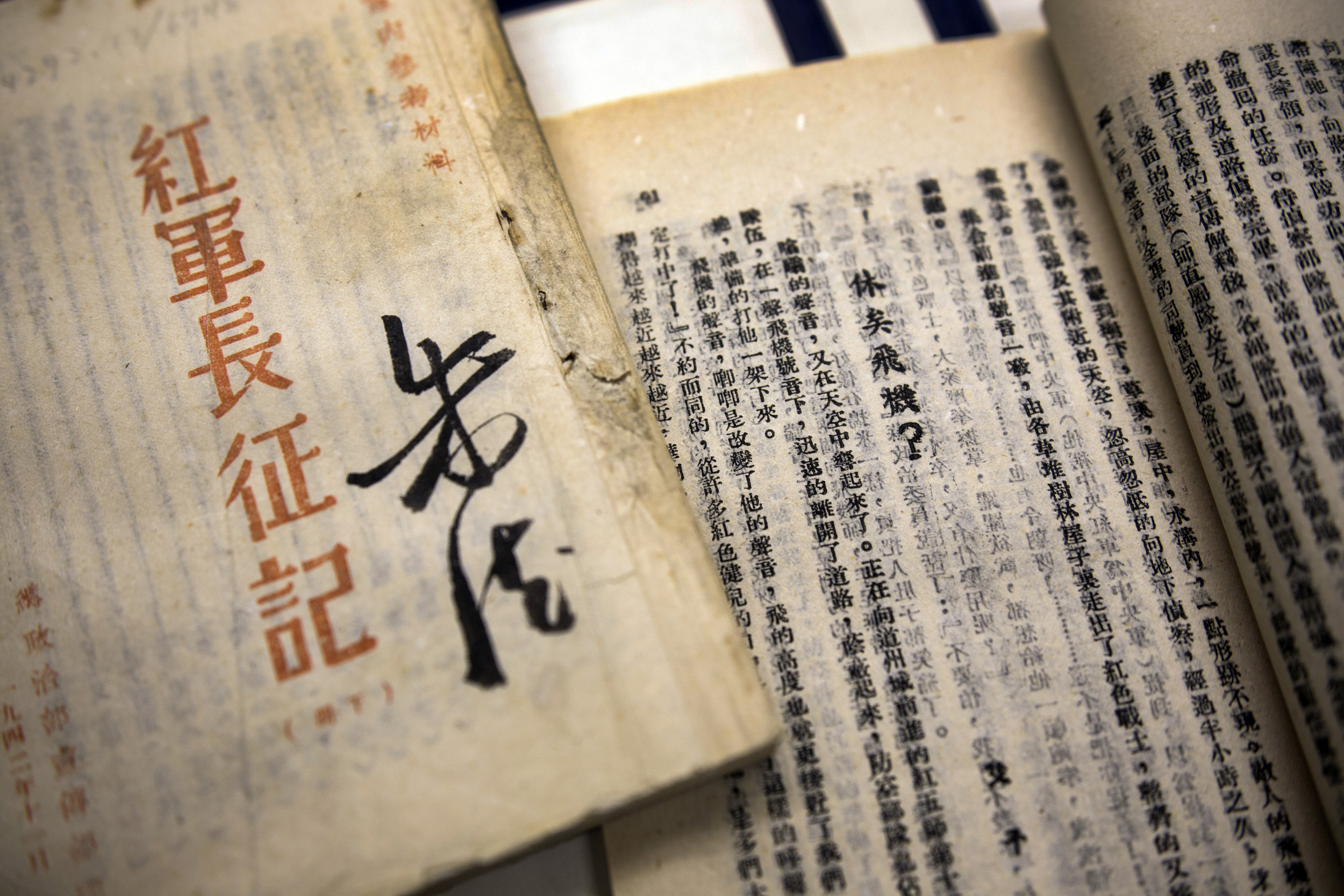
“Miao Man Tu Shuo,” with calligraphy on the left and a related painting on the right. [China : s.n., Qing, between 1736 and 1911]. An original copy of “Long March of the Red Army,” first published as “Zong zheng zhi bu xuan chuan bu, 1942,” signed by Zhu De.
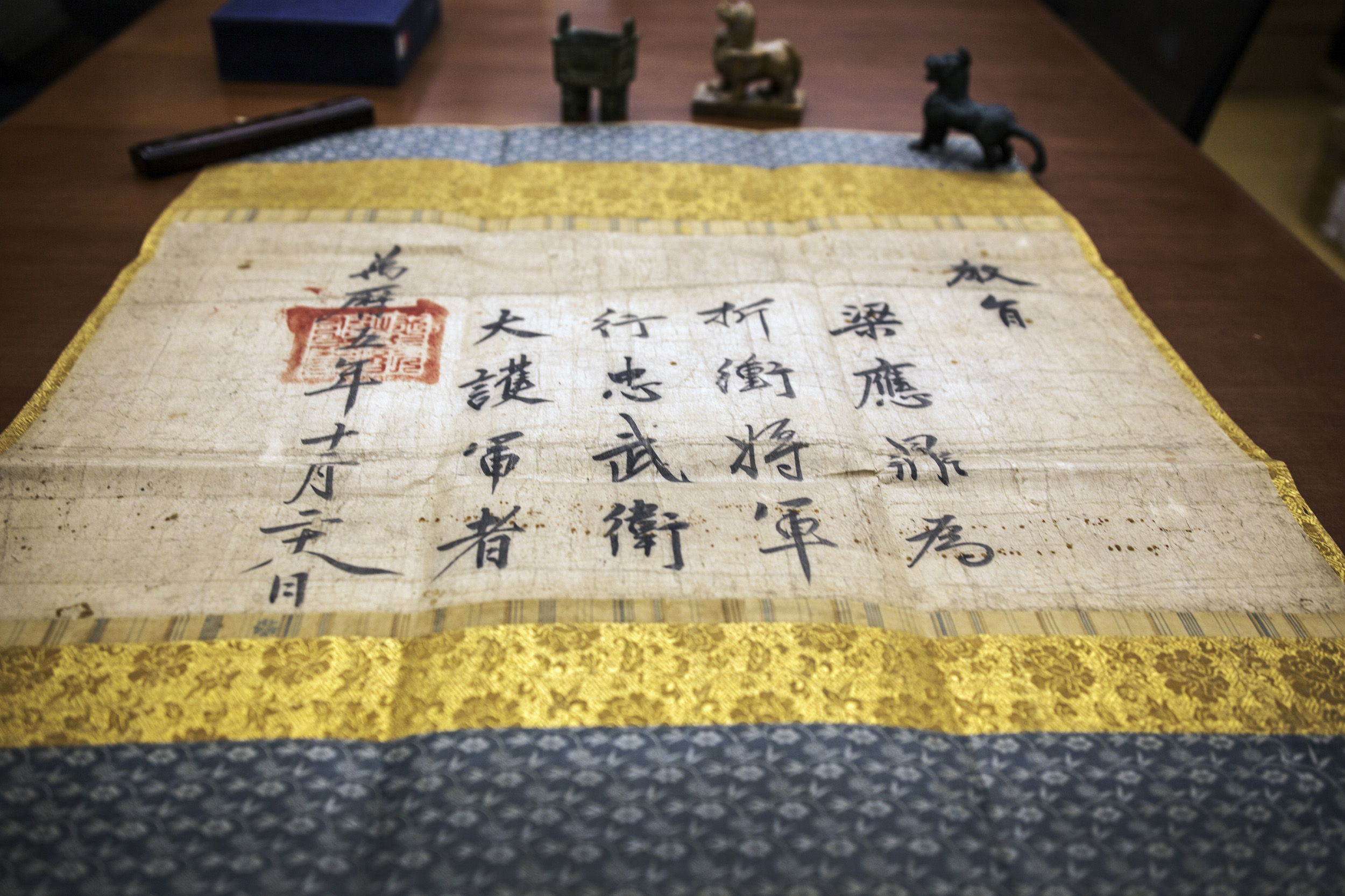

明萬曆五年武將任命書 [明諸名家尺牘, 附人名略錄] “Ming zhu ming jia chi du, fu ren ming lue lu.” [China : s.n.], 明萬曆庚子 [28 nian, 1600] 序. [China : s.n.], Ming Wanli geng zi [28 nian, 1600] xu.
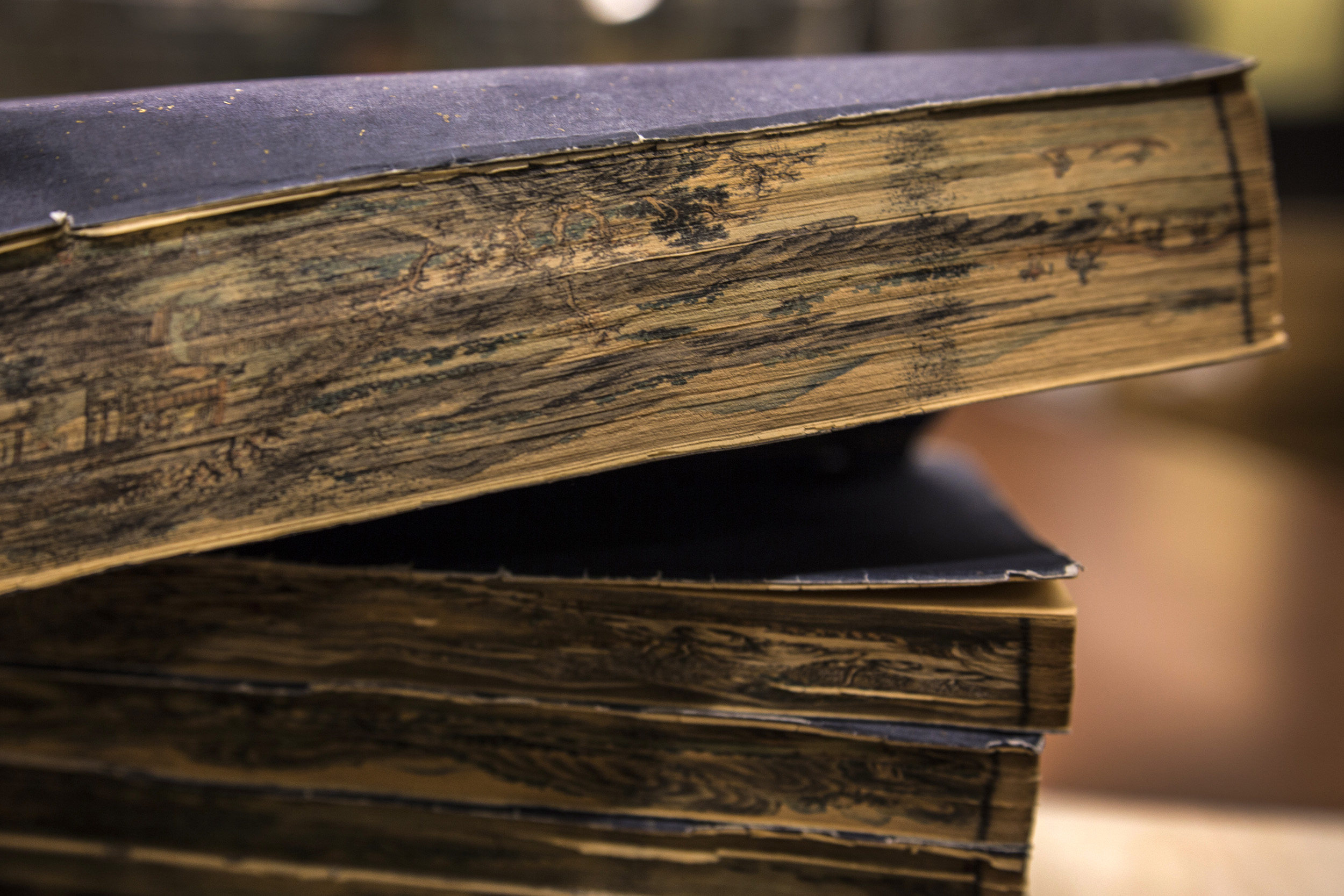
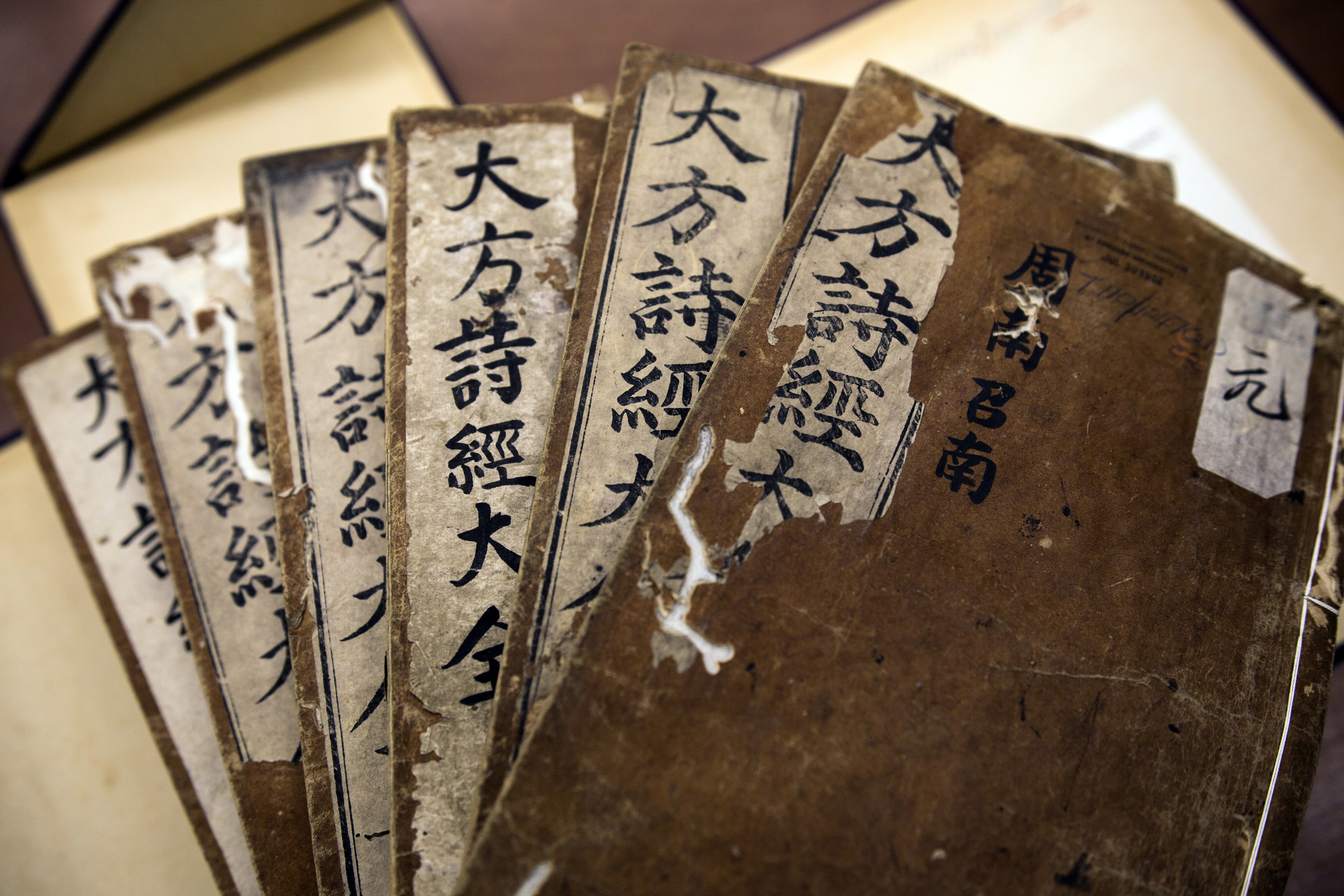

Wu Jing Da Quan: 127 Juan [China] : Min Zhicheng Jianyi shu lin Yu shi, Ming Wanli [i.e. between 1573 and 1620].

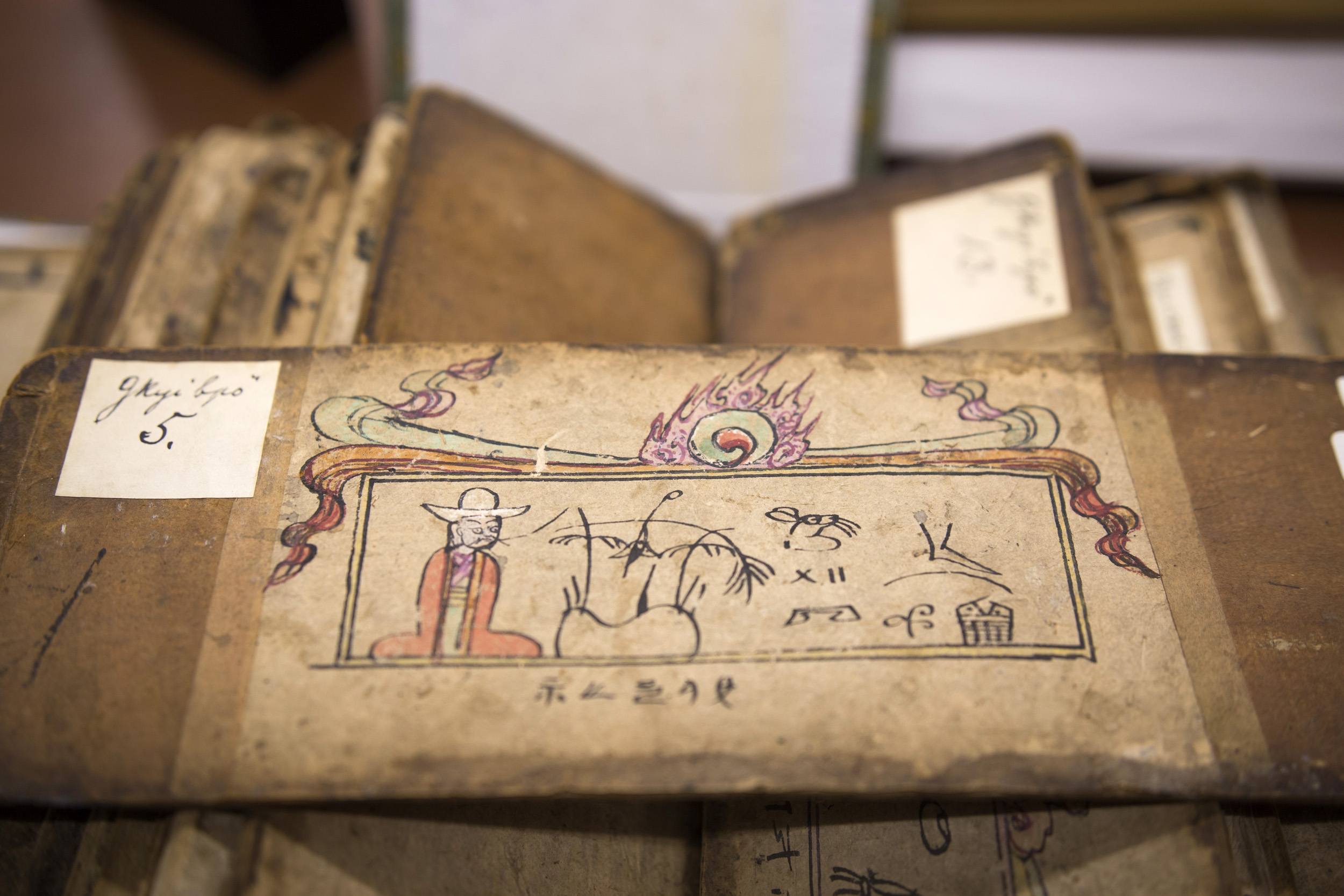
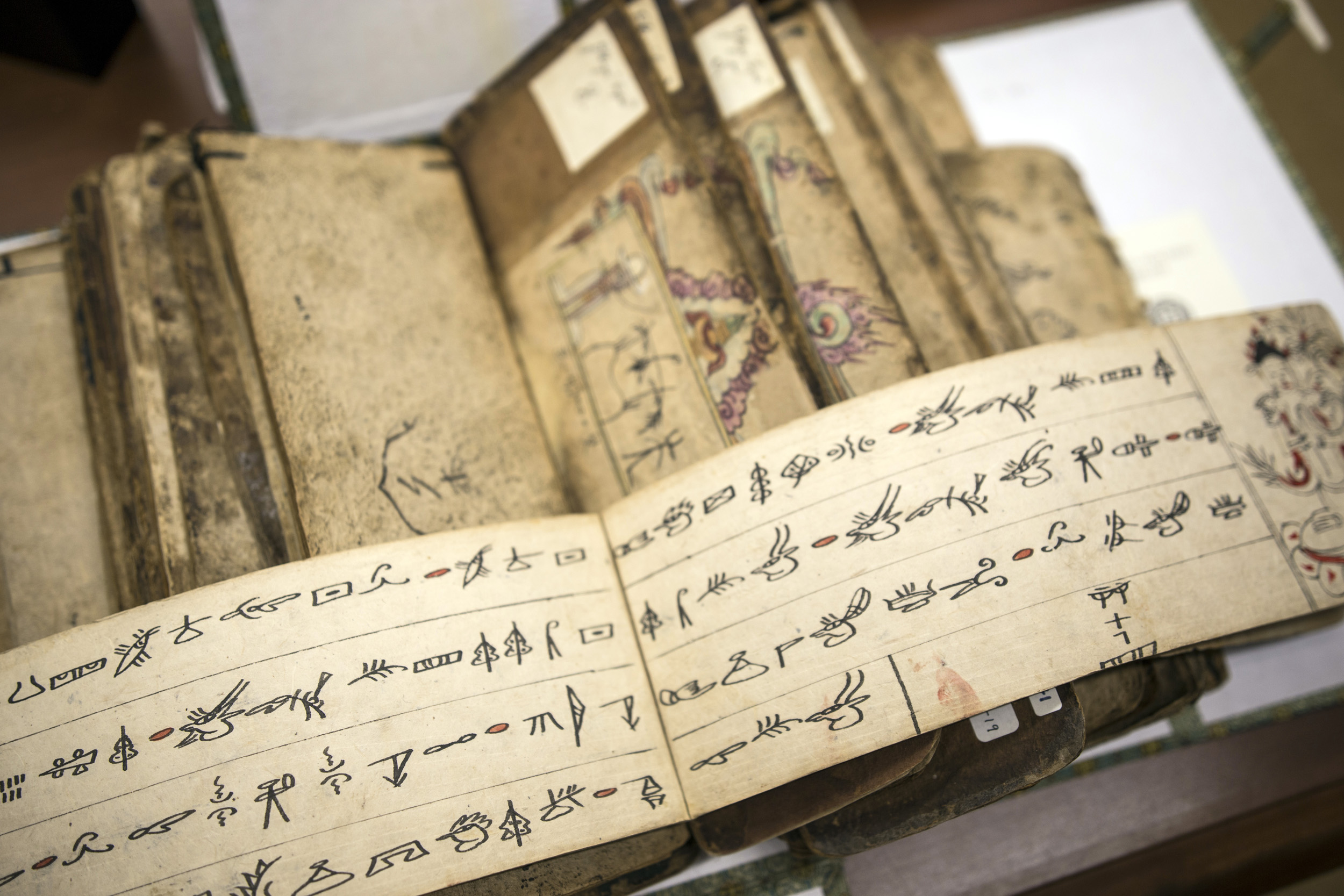
Manuscripts in Naxi. Naxi manuscripts collection.

